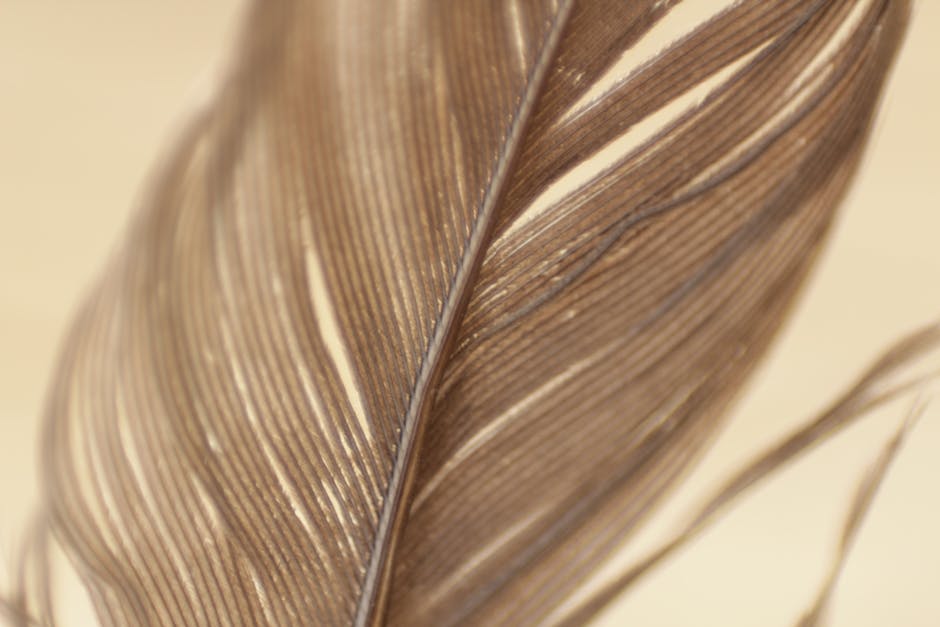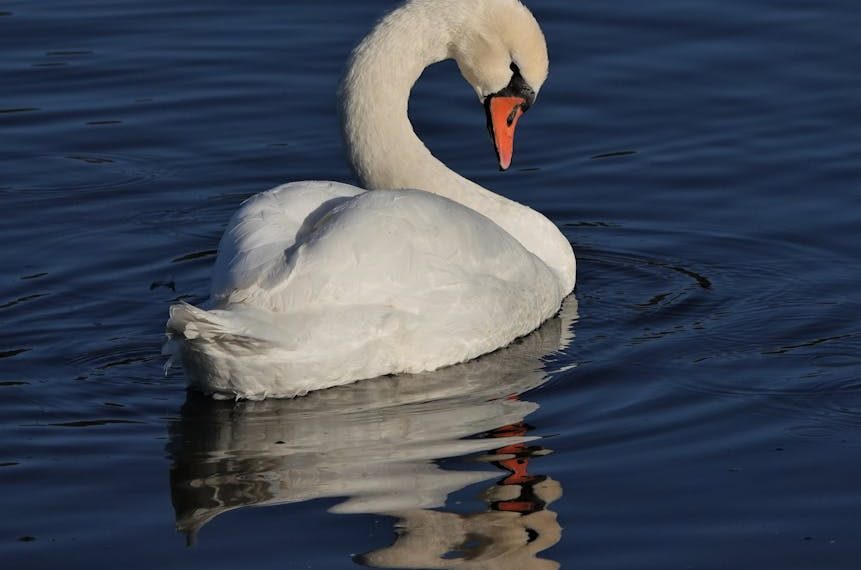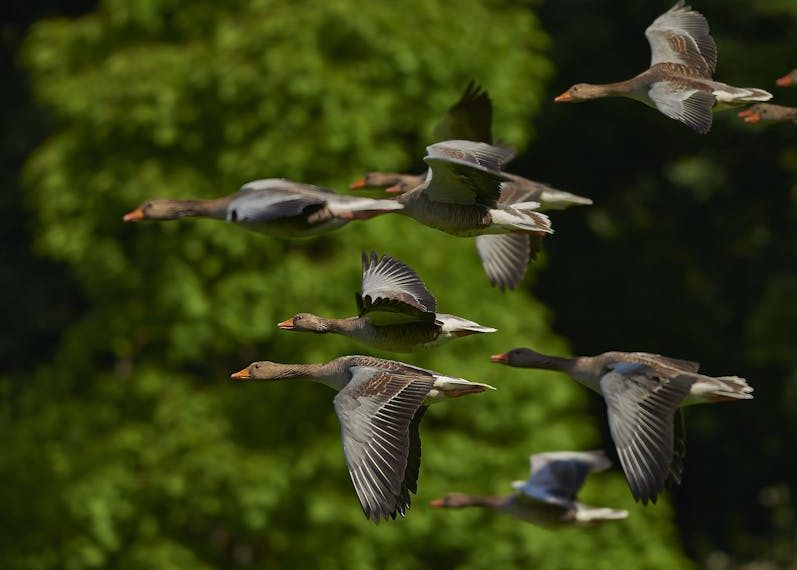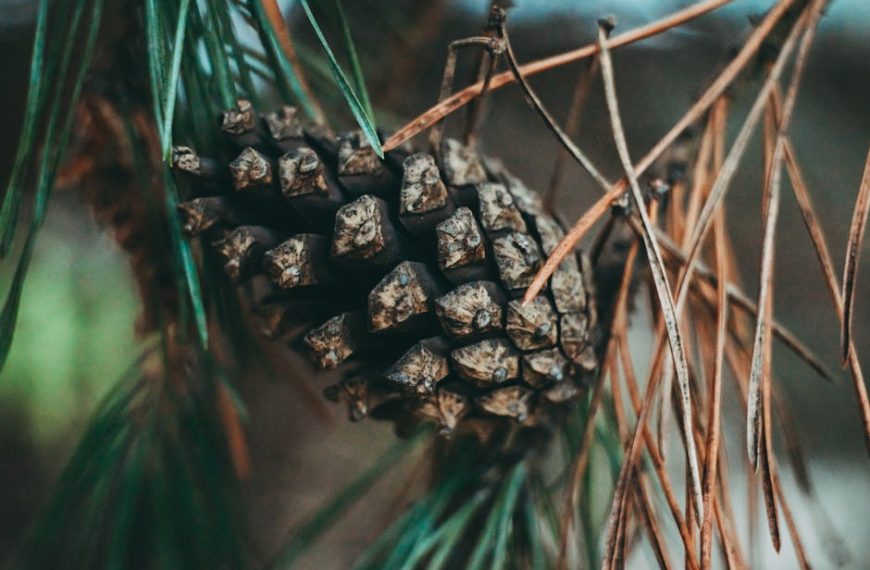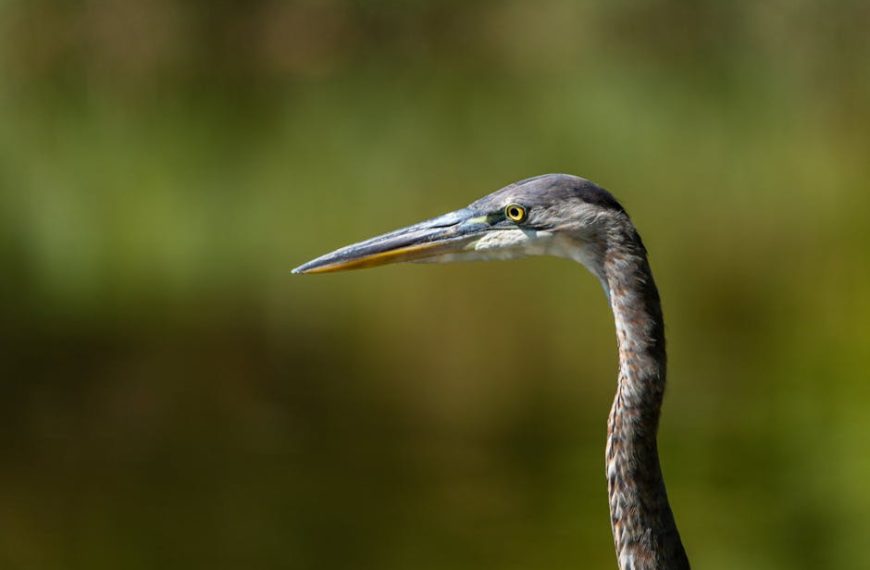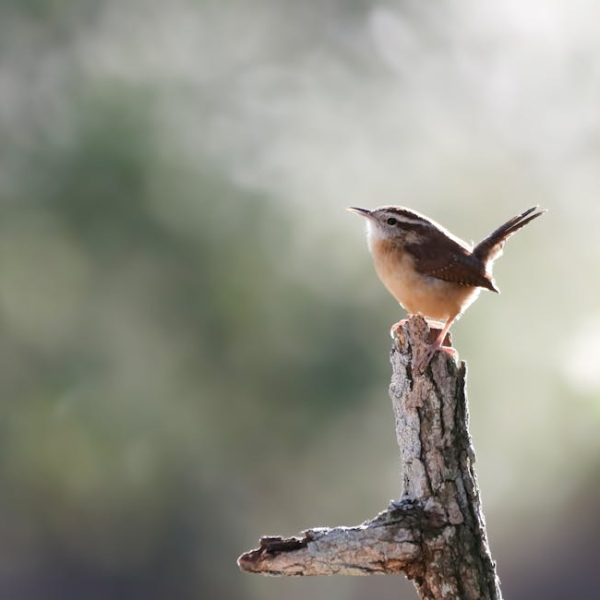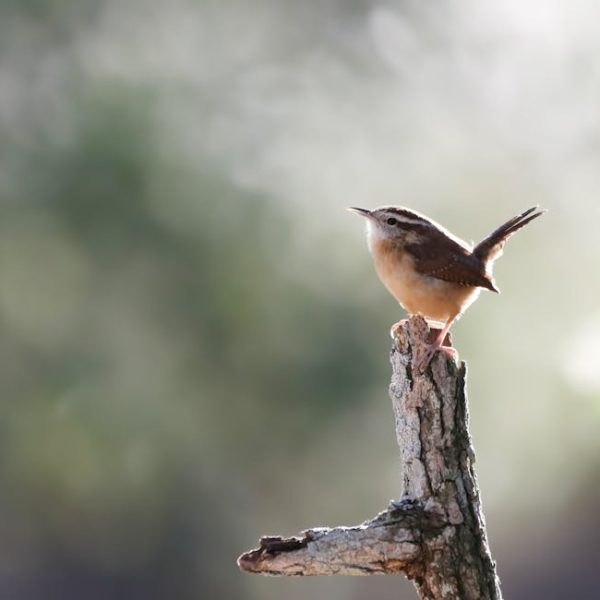The presence of an occasional bird in your patio can be a serene and calming sight. However, when your patio turns into a hangout spot for a rambunctious crowd of birds, it can start to wreak havoc. Not only can they be noisy, but birds might even create a mess. So, how can you effectively deter birds from taking over your patio? It involves a multistep strategy integrating the understanding of bird behavior, removing bird attractions, applying physical and sensory deterrents, and using natural, humane methods.
Understanding Bird Behavior – An Important Step to Deter Them
Why is your patio a magnet for flocks of finches or a gaggle of geese? The simple answer lies in what your patio offers: resources. Birds will often flock towards areas that provide food, water, and shelter. These areas provide them with the nourishment and safety they need to survive. Therefore, understanding bird behavior is vital as it gives you insight into why your patio is a bird hotspot.
For instance, one may find certain common bird attractions on patios such as:
- Bird feeders overflowing with seeds.
- Dog or cat food left out in patio feeding stations.
- Fragments of leftover food from outdoor dining.
- Puddles of standing water, water features, or open pet water bowls.
- Potted plants or trellises offering potential roosting or nesting sites.
Looking for these attractions on your patio is a good starting point for bird deterrence.
Getting Rid of Bird Attraction Factors
Once you understand why birds are flocking to your patio, the next step involves dissuading them – by making your patio less appealing. Start by eliminating the attractions that might be drawing birds in. Here is a simple checklist to help you out:
- Always clear away leftover food.
- Make sure to clean after your pets and not leave their food open.
- If you have a water feature, ensure it’s designed so that birds cannot easily access it, or use covers or mesh to protect the water.
- Look around for potential nesting spots and make modifications. For instance, avoid having dense, bushy plants that birds could use as a shelter.
Pro tip: Keeping a consistent cleaning routine reduces opportunities for birds to find attractive nuisances and subsequently decreases their visits.
Applying Physical Deterrents
Sometimes, cleanliness is not enough to deter birds. You might need to consider measures that make the physical environment of your patio more restrictive or uncomfortable for birds. These deterrents work by creating spaces that birds find unsuitable or hazardous for roosting or nesting.
For instance, bird spikes can prevent birds from landing on certain surfaces, and bird netting can be used to ward off birds from specific areas. However, these physical deterrents should be carefully installed to avoid injuring birds. It’s important to prioritize strategies that deter without causing harm.
Table 1: Comparison of Popular Physical Deterrents
| Type | Description |
|---|---|
| Bird spikes | Strips of vertical spikes installed on surfaces to prevent birds from landing. |
| Bird netting | Mesh-style netting that obstructs birds from accessing certain areas. |
Remember: the goal here is to make your patio an unwelcoming environment for them, without causing them physical harm.
Using Sensory Deterrents
Birds are creatures of instinct and often respond strongly to certain sensory stimuli. Playing on these instincts can provide some powerful options for deterring them from your patio. These sensory deterrents can come in various forms such as visual, audio, and taste deterrents.
Reflective objects or surfaces can deter birds due to light reflection. This sudden light reflection replicates the signal of incoming predators. Similarly, bird scare devices like owl or hawk decoys can also be helpful. For an audio deterrent, try using recordings of bird distress calls or predator sounds. Lastly, taste repellents that are non-toxic to birds but make the food source unpleasant can also be highly effective.
Common Sensory Deterrents:
- Reflective items (mirrors, metallic ribbons, old CDs)
- Bird scare devices (hawk/owl decoys)
- Audio deterrents (distress call speakers)
- Non-toxic bird taste repellents
Pro tip: Implementing a combination of various sensory deterrents can significantly enhance their effectiveness. But remember to change or rotate the deterrents from time to time as birds may grow accustomed to consistent stimuli.
Natural and Humane Methods to Deter Birds
While it’s essential to keep birds off your patio, it’s equally important to ensure our strategies don’t cause harm to the birds or disturb the ecosystem. Consider natural and humane methods that create a balance between your needs and the well-being of the birds.
One natural deterrent is using certain plants that birds find unattractive. You can also use essential oil sprays, such as peppermint or lemongrass, which have smells that birds dislike. Additionally, installing a decoy predator, like a fake owl or hawk, can be an effective, humane way to scare off unwanted birds.
Natural and Humane Deterrents:
- Certain plants (e.g., alliums, marigolds)
- Essential oils (peppermint, lemongrass)
- Decoy predators (owls, hawks)
Pro tip: Regularly move your fake predator around your patio. This can make the decoy appear more realistic, keeping the birds on their toes.
In conclusion, keeping birds off your patio is achievable, but it requires understanding bird behavior, eliminating bird attractions, and incorporating humane deterrent methods. Following these steps will help create a bird-free patio while maintaining a peaceful coexistence with our feathered friends.
Key Takeaway:
- Understanding bird behavior is key in knowing how to deter them from your patio. Birds are often attracted to areas providing food, water, and shelter.
- An effective strategy for keeping birds away involves removing their attraction sources from your patio.
- Physical deterrents can create an uncomfortable environment for birds, helping to ward them off. However, it is essential that these deterrents are safe and do not harm the birds.
- Sensory deterrents, both visual and audio, can play on birds’ instincts, leading them to perceive your patio as a dangerous place.
- Natural and humane methods of deterring birds, such as using certain plants and decoy predators, contribute to ecological balance and respect toward wildlife.
A bird-friendly patio and a bird-free life do not have to be mutually exclusive. By understanding bird behavior, removing attractions, making use of safe physical and sensory deterrents, and considering natural, humane methods, you can maintain your outdoor living space without causing harm to our feathered friends.
FAQs
Q: What common plants can act as natural bird deterrents?
A: Certain plants like alliums and marigolds are known to deter birds due to their strong scent. However, every bird species has unique preferences, so results may vary.
Q: How do I maintain the effectiveness of sensory deterrents over time?
A: Birds can become accustomed to consistent stimuli. So it’s advisable to switch or rotate your sensory deterrents regularly to prevent this.
Q: Can beach umbrellas or patio umbrellas act as physical bird deterrents?
A: While umbrellas can provide temporary deterrence, birds may eventually perceive them as shelter. It’s best to use designed deterrents like bird spikes or netting for more effective results.
Q: What types of bird food should I avoid having on my patio?
A: Any type of bird food including seeds, fruits, breadcrumbs or leftover food can attract birds. It’s best to clear away all food immediately after use.
Q: Aside from deterrence, what can be done to discourage birds from being attracted to my patio?
A: Regular cleaning and sealing potential nesting spots can significantly reduce your patio’s attractiveness to birds.
Feel free to share this article with your friends and explore more posts on our website.
